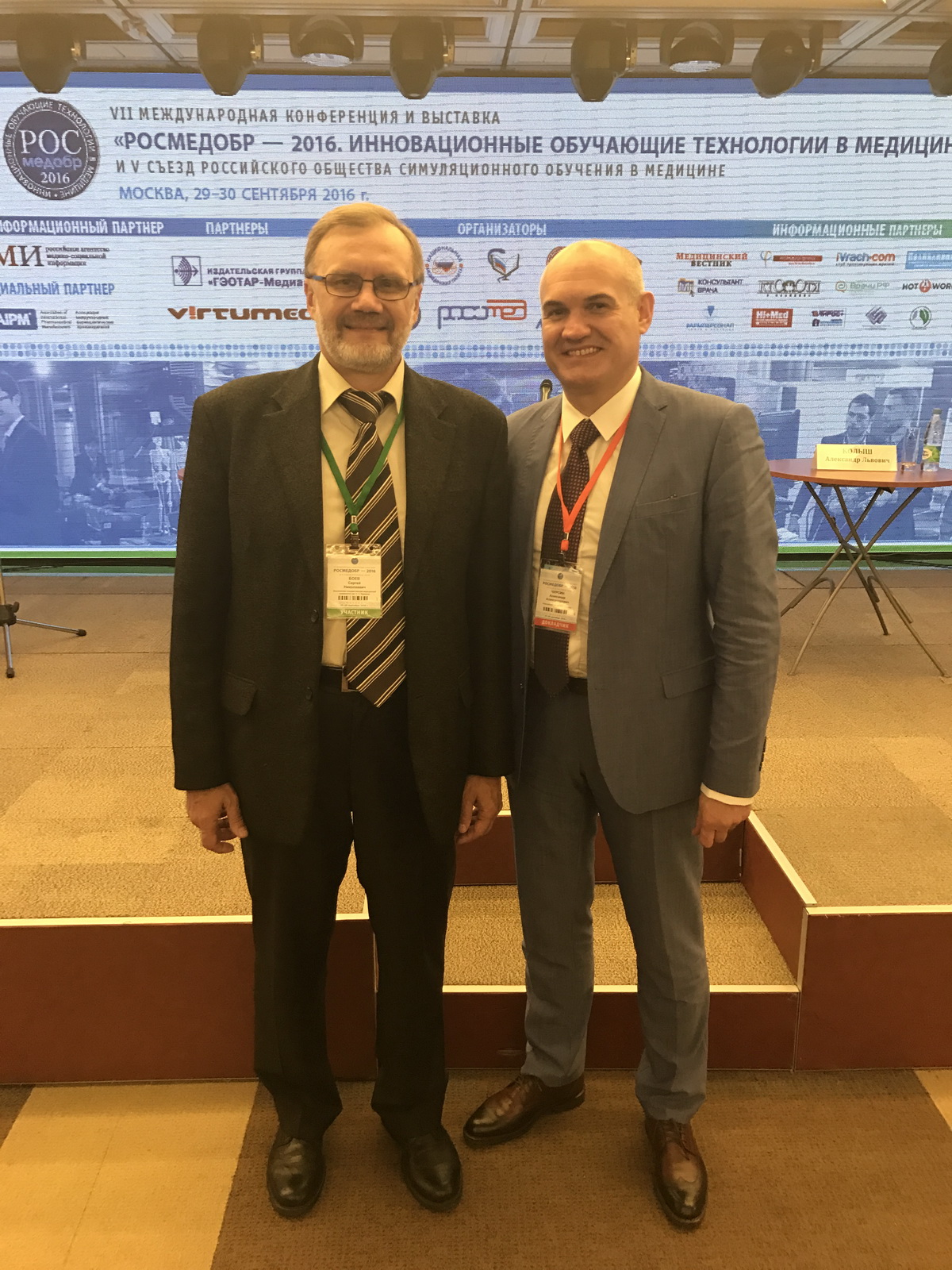Innovacionnie Tehnologii V Medicine Prezentaciya

The goal of this study is to determine whether treatment with methylselenocysteine (MSC) results in differential uptake of irinotecan and its active metabolite (SN-38) between tumors of head and neck squamous cell carcinomas and normal tissue. The in vivo synergy between MSC and irinotecan is influenced by treatment schedule and associated with enhancement of tumor vessel maturation, intra-tumor concentration of SN-38 and apoptotic death of tumor cells. Normal tissue drug concentrations of were not impacted by selenium treatment. The finding is of clinical relevance for enabling the delivery of higher doses of irinotecan to reverse tumor resistance, recurrence and ultimately enhancing cure rates. Introduction Irinotecan is a pro-drug that is activated by carboxylesterases into the active metabolite, SN-38 (7-ethyl-10-hydroxyl-camptothecin) [].
0.5 -Biznes-angeli-innovacionnie-kompanii/ 2018-11-12T09:06:46Z monthly 0.5.kz/news/45122/V-Almati-sostoyalas-prezentaciya-Samsung-Galaxy-S9-i-S9/.kz/news/27951/Vice-premer-prizvala-vnedrit-IT-v-obrazovanii-i-medicine-RK/. 0.5?l=pedagogicheskie-tehnologii-metod-proektov 2015-01-03T13:34:29+00:00. /berten.php?l=prezentaciya-proekta-moe-selo 2014-05-12T16:38:47+00:00.
Irinotecan treats multiple solid tumors [] by targeting topoisomerase I and resulting in double-stranded DNA breaks []. Methylselenocysteine (MSC) is a selenium containing compound that is activated by β-lyase into the active metabolite methylselenol []. MSC has modest partial response of anti-tumor activity when given alone.
However, MSC enhances the anti-tumor activity (cure rates) of irinotecan against FaDu and A253 xenografts []. FaDu and A253, head and neck squamous cell carcinomas (HNSCC), were previously characterized [].
FaDu is poorly differentiated and p53 mutant. A253 is well differentiated and null p53. Both untreated tumors have similar level of carboxylesterase-2, irinotecan activating enzyme [].
Written in plain English, not in legalese. • Access in your class - works on your mobile and tablet. • The right length and amount of information - includes the facts, issue, rule of law, holding and reasoning, and any concurrences and dissents. Tritoni v lya bemolj mazhore. Here's why 268,000 law students have relied on our case briefs: • Reliable - written by law professors and practitioners not other law students. Our briefs summarize and simplify; they don’t just repeat the court’s language.
In nude mice bearing human FaDu xenografts, sequential combination treatment of MSC (0.2mg/d × 28) and irinotecan (100mg/kg/wk × 4) increased the complete response (CR) rate from 30% after irinotecan alone to 100% after the combination treatment []. The CR rate increased from 10% after irinotecan alone to 60% after the combination treatment in mice bearing A253 xenografts. Treatment with MSC alone resulted in 30% partial response (PR) but 0% CR. Optimal therapeutic selectivity is achieved only when MSC is administered at least 7 days prior to irinotecan and continued throughout treatment schedule []. In our previously published study [], we demonstrated that the enhanced CR rates of HNSCC xenografts after combination treatment of MSC and irinotecan were due to multi-factorial alterations. Collectively, the shared changes in both xenografts after the first course treatment of irinotecan alone or in combination translated into increased intra-tumor SN-38 concentration []. Based on these findings, we designed this study to address the following questions: (i) Does MSC administered concurrently with irinotecan alter plasma and intra-tumor concentrations of irinotecan and SN-38?
(ii) What is the effect of adding MSC on concentrations of irinotecan and SN-38 after the second course of irinotecan treatment? (iii) What is the effect of adding MSC on normal tissue concentrations of irinotecan and SN-38? (iv) What is the effect of adding MSC on tumor microvessel maturation? (v) What is the effect of adding MSC on apoptotic cell death? The answers to these questions are critical to confirm whether giving MSC sequentially alters SN-38 intra-tumor concentration but does not affect its normal tissue concentration. In this study using our preclinical xenografts models, we confirmed that the increase in vessel maturation and drug concentration needed at least 15 days to be achieved, which resulted in an increase in apoptotic cell death. Thus, the increase of anti-tumor selectivity and activity by adding MSC might be due in part to the increase of the intra-tumor drug availability, thus SN-38 binds more to its target and produces more cell death.

Tumors transplantation FaDu and A253 cell lines were purchased from American Type Culture Collection (Rockville, MD), and maintained in RPMI 1640 supplemented with 10% fetal bovine serum (GIBCO BRL, Life Technologies, Grand Island, NY). Cell lines were tested every two months for mycoplasma using Mycoplasma T.